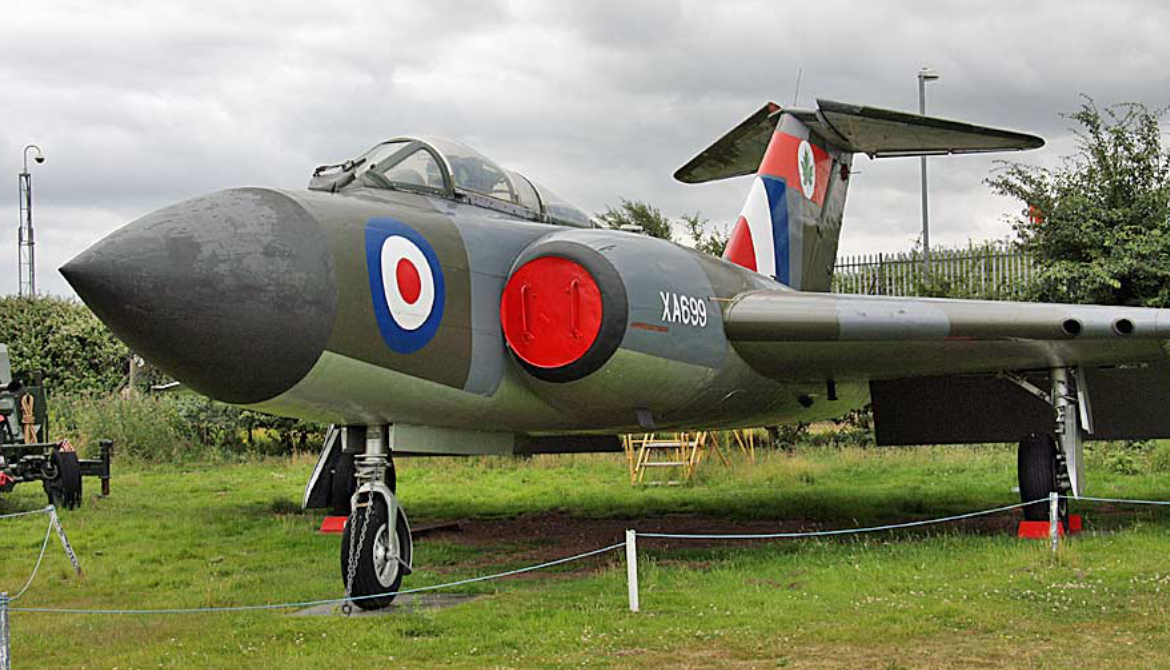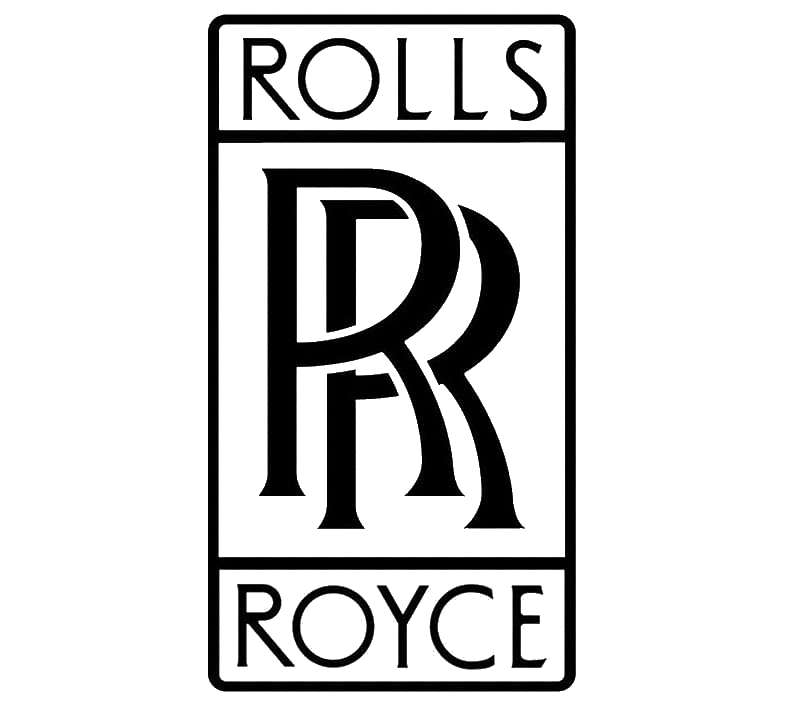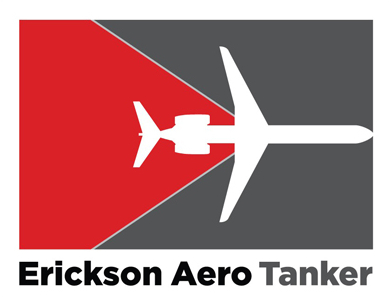Gloster Aircraft
Javelin FAW Mk 9
|
|||||||||||||||||||||||
|---|---|---|---|---|---|---|---|---|---|---|---|---|---|---|---|---|---|---|---|---|---|---|---|
.
History Gloster Aircraft Company
Gloster Javelin Faw Mk.9
Introduction date 29 February 1956 First flight 26 November 1951
 The Gloster Javelin is a twin-engined all-weather interceptor aircraft that served with Britain's Royal Air Force from the mid-1950s until the late 1960s. It was a T-tailed delta-wing aircraft designed for night and all-weather operations and was the last aircraft design to bear the Gloster name. Introduced in 1956 after a lengthy development period, the aircraft received several upgrades during production to its engines, radar and weapons, including support for the De Havilland Firestreak air-to-air missile.
The Gloster Javelin is a twin-engined all-weather interceptor aircraft that served with Britain's Royal Air Force from the mid-1950s until the late 1960s. It was a T-tailed delta-wing aircraft designed for night and all-weather operations and was the last aircraft design to bear the Gloster name. Introduced in 1956 after a lengthy development period, the aircraft received several upgrades during production to its engines, radar and weapons, including support for the De Havilland Firestreak air-to-air missile.
F.44/46
In the aftermath of the Second World War, Britain identified a threat posed by the jet-powered strategic bomber and atomic weaponry and thus placed a great emphasis on developing aerial supremacy through continuing to advance its fighter technology, even following the end of the conflict. Initial planning was based on the premise that another war was at least ten years away, and development was limited mostly to paper projects. Several events in the late 1940s led to this timeline being moved up..
Design

The Javelin was the RAF's first purpose-built all-weather interceptor aircraft. Aerodynamic features of the type included its adoption of the new delta wing and a large tailplane. Fuel and armaments were housed in the delta wing, and the engines and crew in the fuselage. The delta wing and tailplane combination had been deemed necessary by Gloster for effective manoeuvrability at high speed and for the aircraft to be controllable at low landing speeds. In one instance during testing, when both elevators had been torn off by elevator flutter, the Javelin remained controllable by using both the trimming capability of the large tailplane and thrust changes to control pitch. Changes from the prototypes included alterations to the rear fuselage and a central "pen nib" fairing extending beyond the engine nozzles, to eliminate buffeting of the rudder by the jet exhaust and increased sweepback of the wing's leading edge to improve high-speed handling
Photo Gallery
Gloster Aircraft Company
Gloster Javelin Introduction date 29 February 1956 First flight 26 November 1951


Gloster Aircraft Company
Gloster Javelin FAW Mk 9
General Info 1
-
-
- Crew: 2
- Length: 56 ft 9 in (17.30 m)
- Wingspan: 52 ft (16 m)
- Height: 16 ft (4.9 m)
- Wing area: 927 sq ft (86.1 m2)
-
General Info 2
-
-
- Empty weight: 24,000 lb (10,886 kg)
- Gross weight: 31,580 lb (14,324 kg)
- Max takeoff weight: (19,579 kg)
- Powerplant: 2 × Armstrong Siddeley Sapphire 7R afterburning turbojet engines, 11,000 lbf (49 kN) thrust each dry, 12,300 lbf (55 kN) with afterburner
-
General Info 3
- Maximum speed: 710 mph (1,140 km/h, 620 kn) at 40,000 ft (12,000 m)
- Maximum speed: Mach 0.93
- Range: 954 mi (1,535 km, 829 nmi)
- Service ceiling: 52,800 ft (16,100 m)
General Info 4
-
- Guns: 4 × 30 mm ADEN cannon
- Missiles: Up to four de Havilland Firestreak air-to-air missiles
- Westinghouse AN/APQ-43 radar
Avionics
Links to Youtube & Others
The first prototype was completed in 1951. An unusual feature of the prototypes was the opaque canopy over the rear cockpit. It had been believed that visibility outside the cockpit was unnecessary and a hindrance to the observer; the only external view available was through 2 small 'portholes'. Following a month of ground testing, on 26 November 1951, the first prototype conducted its first flight at Moreton Valence airfield.[
Gloster Aircraft
Gloster Javelin FAW Mk 9
Gloster Aircraft developed and produced the only British jet aircraft to be operational during the war, the Gloster Meteor.
Youtube Link
On 13 April 1949, the Ministry of Supply issued instructions to two aircraft manufacturers, Gloster and de Havilland, to each construct four airworthy prototypes













.svg.png)